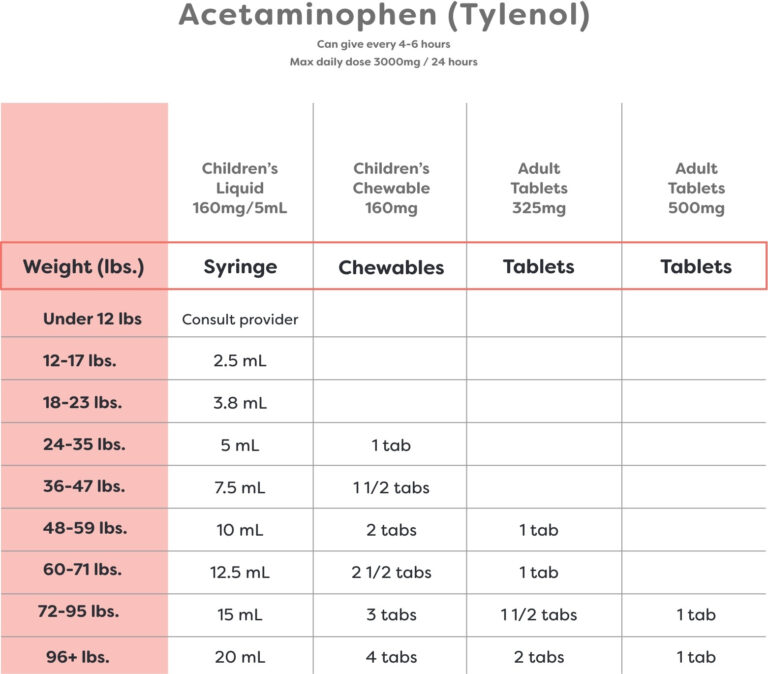How Can Two Women Have A Baby: A Comprehensive Guide
Are you curious about how two women can have a baby together? In this article, we will explore the various methods and techniques that allow same-sex female couples to start a family. From assisted reproductive technologies to innovative medical procedures, there are now more options than ever for women to conceive a child together. Let’s delve into this fascinating topic and discover the possibilities that modern science has made available.
Knowledge
When it comes to how two women can have a baby, one of the most common methods is through in vitro fertilization (IVF). This process involves harvesting eggs from one partner, fertilizing them with donor sperm, and then transferring the resulting embryo to the other partner’s uterus. IVF has helped countless same-sex female couples achieve their dream of parenthood and is a well-established technique in reproductive medicine.
Donor sperm plays a crucial role in enabling two women to have a baby. Whether obtained from a sperm bank or through a known donor, the sperm is used to fertilize one partner’s eggs during the IVF process. This allows for genetic diversity and ensures that both partners have a biological connection to their child.
Another option for same-sex female couples is surrogacy, where a third party carries the pregnancy on behalf of the couple. One partner can provide the egg, which is fertilized with donor sperm, and then implanted in the surrogate’s uterus. This arrangement allows both women to be involved in the conception process and experience the joys of pregnancy and childbirth.
Reciprocal IVF, also known as partner-assisted reproduction, is a unique method that allows both women to participate in the conception of their child. One partner undergoes the egg retrieval process, while the other partner carries the pregnancy. This approach ensures that both women have a biological connection to their baby and can share in the experience of pregnancy and childbirth.
Conclusion
In conclusion, the advancements in reproductive medicine have made it possible for two women to have a baby together through various methods such as IVF, surrogacy, and reciprocal IVF. These options provide same-sex female couples with the opportunity to start a family and fulfill their desire to become parents. The key strengths of these techniques lie in their ability to promote genetic diversity, involve both partners in the conception process, and create a strong biological bond between the parents and their child.
For same-sex female couples who dream of having a baby, these innovative methods offer hope and possibilities that were once unimaginable. The ability to create a family through shared genetics and shared experiences is a testament to the progress of science and the inclusivity of modern society. It is a beautiful example of how love knows no boundaries and how the desire to nurture and care for a child transcends traditional norms.






